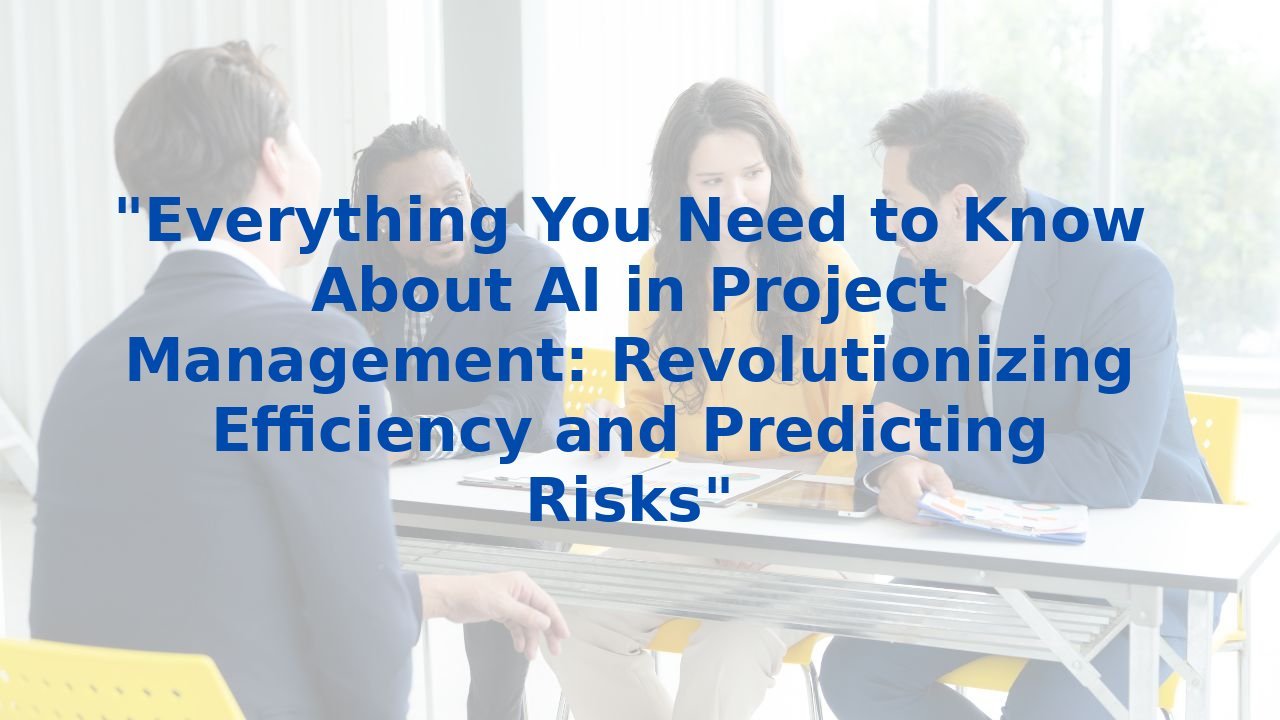AI-Powered PR: The Ultimate Guide to Transforming Your Brand's Communication Strategy
AI-Powered PR: The Ultimate Guide to Transforming Your Brand's Communication Strategy
In a landscape where attention is fleeting and engagement is critical, the role of public relations has evolved into something far more complex and impactful. Enter AI-powered public relations—a realm where technology meets strategy, paving the way for transformative brand communication. As organizations look to enhance their communication strategies, it’s essential to understand how AI can redefine these processes for improved efficiency and effectiveness.
The Role of AI in Business Communication
At its core, artificial intelligence (AI) is reshaping the dynamic interactions brands have with their audiences. By integrating AI into PR, organizations can automate repetitive tasks, delve deeply into audience analysis, and continually refine their communication strategies based on real-time feedback.
Automating Routine Tasks: One of AI's most profound impacts is its ability to handle monotonous and time-consuming tasks. From email filtering to social media management and content creation, AI can take over the grunt work. This automation frees communication professionals to channel their energy into strategic initiatives, focusing on creativity and planning that drives business goals.
Enhancing Audience Analysis and Personalization: Understanding your audience is pivotal in effective communication. AI can sift through vast amounts of data to better understand nuances, preferences, and behaviors. This intelligence enables brands to deliver personalized content, optimized for specific platforms and tailored to unique audience segments, ultimately maximizing engagement and resonance.
Improving Measurement and Analytics: AI tools are adept at delivering real-time insights on campaign performance. With instantaneous feedback, communication teams can pivot strategies efficiently, ensuring content remains relevant and impactful in a fast-paced environment.
Benefits of AI in Business Communication
The integration of AI not only streamlines operations but also brings forth a myriad of benefits:
- Increased Efficiency: By automating everyday tasks, AI empowers teams to concentrate on higher-value initiatives, marking a significant gain in overall productivity.
- Personalized Communication: AI's capability to analyze user behavior facilitates tailored interactions, enhancing the customer experience and solidifying loyalty.
- Data-Driven Decision Making: With potent analytics, AI can distill complex data into actionable insights. Businesses can better allocate resources and anticipate market shifts, resulting in strategically sound resolutions.
The Importance of Employee Training
As we embrace AI, the human element remains critical in unlocking its potential. This is where effective training comes into play. Organizations must prepare their workforce to not only adapt to these new tools but also flourish in collaboration with them.
Adapting to Change: AI is revolutionizing job roles and processes. Training equips employees with adaptive skills, arming them for a landscape constantly evolving. Comprehending AI’s benefits and challenges ensures employees can navigate their new responsibilities proficiently.
Maximizing AI Potential: In-house training programs that encourage collaboration between high-performing team members and their peers can significantly enhance how an organization leverages AI. By fostering this internal knowledge transfer, the workforce grows stronger, ultimately leading to better results from AI investment.
Implementing an Effective AI Communication Strategy
To harness the full capabilities of AI in your communications strategy, actionable steps must be taken:
- Define Clear Objectives: Establish what success looks like with AI. Identify goals for integration and define the roles AI will play in communication.
- Develop Policies and Guidelines: Organizations should craft policies that guide responsible AI adoption, addressing issues like data privacy and governance.
- Engage Stakeholders: Open communication about the value and benefits of AI can quell fears and ensure smooth adoption among all team members and stakeholders.
- Monitor and Review Progress: A dynamic strategy requires regular evaluation. Continuously monitoring the effectiveness of AI initiatives allows adjustments that align with market developments and internal goals.
Conclusion
The future of public relations is undeniably intertwined with artificial intelligence. By integrating AI technologies into communication strategies, brands can unlock new avenues for efficiency, personalization, and data-driven insights. With the right training and a commitment to embracing innovation, organizations can transform their PR efforts, ensuring they remain agile, relevant, and ahead in a competitive landscape. The journey may be complex, but the potential rewards make it an endeavor worth pursuing.
For organizations ready to take the leap, training is a cornerstone. Explore options tailored to equip your entire workforce with AI skills—an investment that will undoubtedly pay dividends in an AI-driven future. To understand more about how to navigate this transformative journey, consider delving into specialized coaching and resources available at comprehensive platforms.



